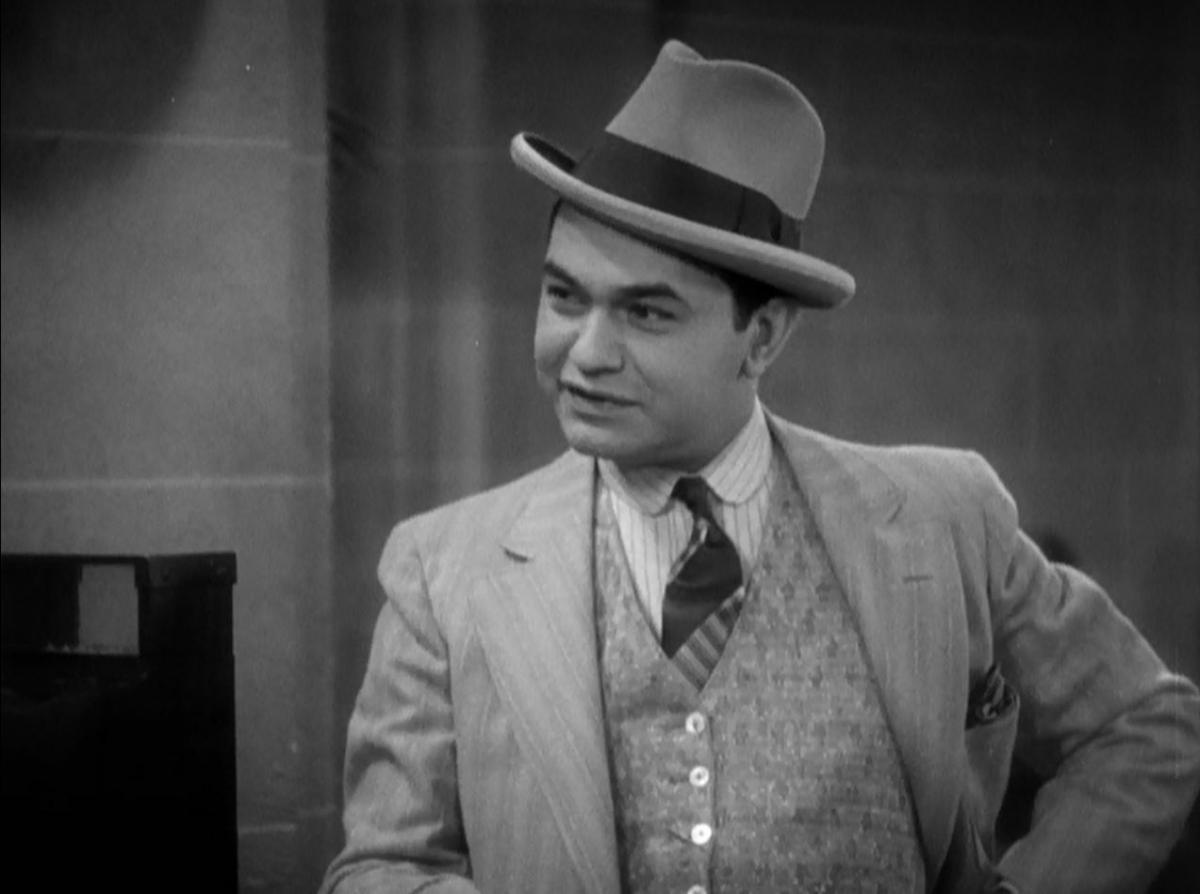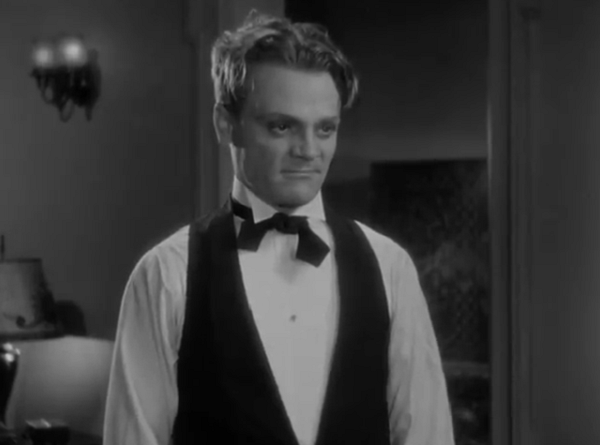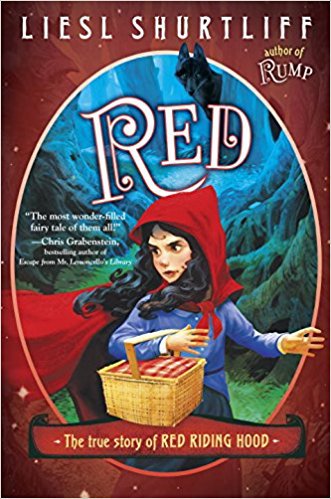Smart Money
1931
Director: Alfred E. Green

The one and only collaboration between Edward G Robinson and James Cagney, Smart Money is an early entry into the gangster era, released on the coattails of 1931’s Little Caesar and The Public Enemy. A bit of an overlooked classic, due to the shift in focus in subject matter, and featuring less controversial elements than the aforementioned films included, it stands up as a film worth revisiting for any fan of the genre.
In contrast with the other gangster films of the time, Smart Money doesn’t deal with themes of prohibition, alcohol, guns, or violence itself. In fact, there’s barely a gun in sight, with no dramatic shootouts, a total of one killing (which in itself is accidental), and a notable absence of any pre-movie message espousing the evil realities of contemporary society and the mobsters existing within it. Instead, Smart Money focuses on other areas of vice – specifically gambling. Robinson takes the film’s central role as Nick ‘The Barber’ Venizelos, a professional gambler operating under the guise of a high street barber shop with a small gang of brothers who fund him to take part in the bigger games taking place in the ‘big city’. From there, Nick establishes a growing gambling operation, steps on the toes of a number of local crooks and card sharks, acquires a collection of intriguing blonde girlfriends, and incurs the wrath of an eager District Attorney who wants to shut organised gambling down to help his chances of re-election.
As mentioned, violence is very much down-played here, limited to just a couple of scenes involving Cagney toting a gun on some card sharks after Robinson manages to beat them at their own game, and some scenes at the end involving police officers enthusiastically destroying Robinson’s gambling den with a set of axes. Cagney’s infamous grapefruit scene from The Public Enemy is also slightly mirrored here, with Robinson quite literally booting a double-crossing dame out of his office door. Beyond that, the film keeps its focus on the gambling operations and the rise of Nick within it. We get to see plenty of scenes involving gangsters wise-cracking and exchanging barbs over games of poker, dice and roulette. The lack of action, whilst unusual for the time, doesn’t stop the film from being a gangster movie in its own right, but perhaps just a different approach to the genre. Either way, the two main leads certainly give the same enthusiasm to their performances that they did in their respective separate films of 1931. In reality, it’s not dissimilar to the usual ‘rise and fall’ tales of other gangster films at the time, only the film’s lighter approach and its choice to focus on money and women rather than guns and alcohol means it manages to avoid being lumped into the standard trend of the era, and instead stands out as being quite an individual piece of work.
Robinson, as the established star, takes the lead throughout the film – his performance as Nick comes across as a maturer version of Rico from Little Caesar. The same mannerisms and charming humour, only less volatile and, most notably, considerably more interested in women (young blondes being his favoured brand) than Rico ever was. Always looking to impress, his eagerness for women leads to his ultimate downfall in the film’s final scenes. Robinson displays his usual set of charm, grunts and notable enthusiasm throughout the movie, right up to the final scene where he is taken away to face a 10-year jail stretch, sportingly betting with the reporters greeting him that he expects to be out in five. He does give the character a warmer, more redeemable quality than he did in Little Caesar, mainly in his dealings with women and also with Cagney, and it again sets the character apart from the ‘hardened criminal’ approach that marked the main characters in the other early gangster films.

James Cagney plays the role of Jack, Nick’s principal associate and all-round fixer. Interestingly, Cagney’s scenes for the film were being shot alongside his work on The Public Enemy, the move which was to become his breakthrough role (although not actually released until The Public Enemy). Given his lack of star status at the time of filming in comparison with Robinson (whose own gangster breakthrough, Little Caesar, had been released earlier in 1931), Cagney’s involvement is limited to that of a supporting role rather than a co-lead. Even so, he shows the charisma and traits that would go on to define him in later films, but he is very much overshadowed by Robinson, and isn’t afforded many opportunities to come into the spotlight by himself. His role when contrasted with Robison is very much similar to the roles Humphrey Bogart would ironically later play alongside Cagney in Angels with Dirty Faces and The Roaring Twenties. Still, even in a reduced role, it’s fun to watch Cagney up alongside Robinson, and it’s regrettable that they never starred alongside each other again.

The rest of the cast are fun to watch – with about three different female leads scattered across the film’s short running time. Noel Francis is admirable in playing a crooked moll out to exploit Nick’s kindly virtue, but Evalyn Knapp takes the crown for her performance of Irene Graham, a former blackmailer who becomes Nick’s principal love interest, especially once it becomes apparent she narrowly avoided suicide at the time of her arrival into life, but who is forced to betray him to prevent her past from catching up with her. The female roles here are given more depth and background than those of The Public Enemy, and seem somewhat of a precursor to the femme fatales that came to typify film noir in the following decades. Again, it’s something that sets the film apart from the other, more renowned gangster films of the time.
Sadly, it seems to be a somewhat overlooked film, no doubt due to being released in the aftermath of Little Caesar and The Public Enemy, both of which are notably more violent and dealt with more contemporary and significant themes than Smart Money does. By itself though, it stands up as a great early gangster film and one that steps out of the mould of the time, (and one which shows it was possible to make an entertaining and engaging movie without the need for an onslaught on tommy guns…). For any Robinson or Cagney fan, it’s a delight and presents a unique opportunity to see the two stars together at the outset of their fame. If you can get hold of a copy, it’s definitely one to watch.
Advertisements Share this:






